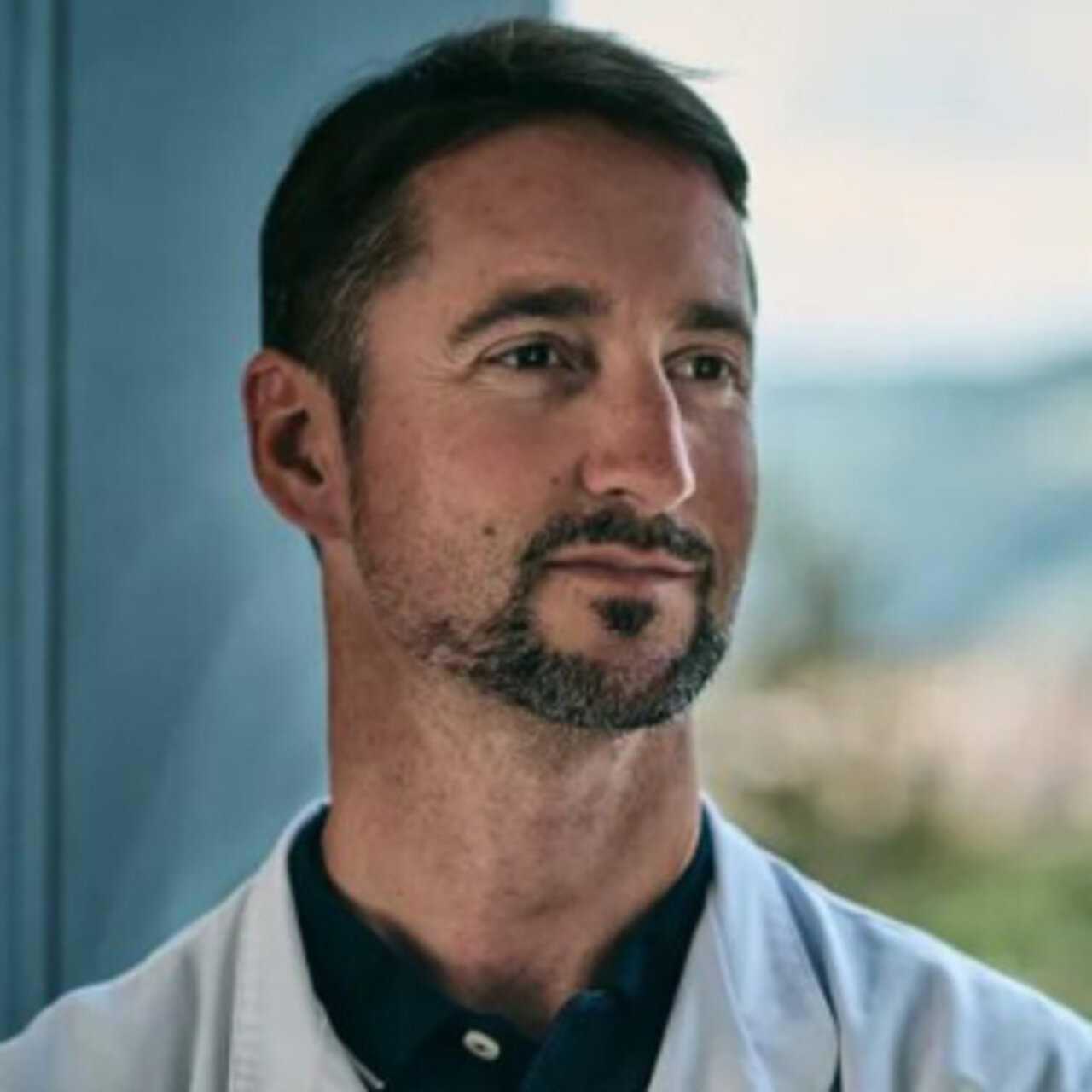Specialists in Mediastinoscopy
4 Specialists found
Information About the Field of Mediastinoscopy
What is a mediastinoscopy?
A mediastinoscopy refers to a minimally invasive endoscopic examination of the so-called mediastinum. This depicts a cavity within the thoracic cage which is located between both of your lungs. At the front, the mediastinum is bordered by the sternum, while it borders the vertebral column to the back. It stretches from the diaphragm up to the start of the neck. Within the mediastinum lie important organs and structures such as the heart, the great vessels, parts of esophagus and trachea as well as several important nerves. Small incisions (keyhole surgery) serve as entry portals for the camera into the mediastinum. Particularly the areas surrounding the trachea and its bronchial branches can be visualized. The surgeon can control the camera and record it for documentational and diagnostic purposes. Via the incisions, special instruments can be introduced into the mediastinum in order to obtain tissue samples or remove entire lymph nodes.
The major advantage of a mediastinoscopy is the reduced invasiveness compared to procedures which require the thorax to be opened. Furthermore, mediastinoscopy can be employed in case imaging methods like X-Ray or CT are insufficient for securing the diagnosis or in case tissue samples are required, which cannot be obtained in another way.
When to perform a mediastinoscopy?
Mediastinocopies are carried out in particular for the diagnosis of tumors of the airway branches, which are difficult to access via a different approach. On the one hand, the camera is able to visualize the extent and features of the tumor, while on the other hand, tissue samples (biopsies) can be obtained and examined later on. Such tumors may be of malignant nature, such as lung cancer (bronchioloalveolar carcinoma). Furthermore, biopsies can be obtained from suspicious looking lymph nodes. Thus, a mediastinoscopy is a useful method to assess metastases to lymph nodes from distant cancers but also for primary lymph node cancers (lymphoma).
All in all, mediastinoscopies offer a useful tool to not only diagnose cancer, but also assess its spread, severity and operability.
Mediastinoscopies are also relevant in regards to sarcoidosis, an inflammatory disorder involving an enhanced immune reaction with formation of nodules (called granulomas) in respective tissues. The lungs as well as regional lymph nodes are frequently affected. The extent of the disease can be evaluated with the camera and the diagnosis can be confirmed by examining the tissue samples.
Procedure and duration
During mediastinoscopy, the patient is under general anesthesia and artificial ventilation. and therefore must be fasting beforehand. The operation is performed in a supine position. In a so-called collar mediastinoscopy, the skin is incised (2-3 cm) along the neck above the breastbone, exposing the tissue and inserting a small camera downward between the windpipe and the breastbone. This technique primarily allows the trachea and bronchi to be evaluated, along with the lymph nodes surrounding them. Anterior mediastinoscopy is a technique in which the skin incision is made at the front of the chest, slightly aside of the breastbone. Also in this case, the tissue is exposed and gradually separated until it is possible to insert the camera into the anterior mediastinum. Once the procedure is finished, the camera is removed and the wound is closed layer by layer, stopping any bleeding that may occur. Mediastinoscopy may take between 30 minutes and 2 hours, according to the extent of the procedure, excluding the time necessary to induce and terminate the anesthesia.
Risks and adverse effects
The mediastinum contains numerous blood vessels of varying diameter and while damage to minor vessels is unproblematic, also greater vessels up to the aorta run through the mediastinum. Therefore, bleedings have to be included in the relevant risks associated with mediastinoscopies. Moreover, the trachea or lungs may become infected (mediastinitis) or injured, resulting in respiratory problems. Damage to the pericardium is also possible during the procedure. Because of these rather rare yet serious risks, a mediastinoscopy is always performed with a surgical team on standby.
Nerve injuries represent an additional complication. Especially the nerve that innervates the vocal cords (recurrent laryngeal nerve) is at a particular risk of being damaged during surgery involving the neck and upper mediastinum because of its location. Its one-sided paralysis (recurrent paresis) causes hoarseness, while injury to the nerve on both sides leads to respiratory distress and usually marked limitation of the patient's ability to breathe. A windpipe incision may be needed. Besides, the nerve that innervates the diaphragm and therefore controls the breathing movement (phrenic nerve) may also be harmed. A one-sided paralysis may have no symptoms or may lead to breathing difficulties. Bilateral damage can quickly become a life-threatening situation, and artificial ventilation has to be started.
Moreover, during mediastinoscopy, the pleura (thin membrane lining of the lungs and the chest from the inside) may be damaged. As a result, air can get into the pleural space, which loses its negative pressure and causes the lungs to collapse (pneumothorax). This may cause respiratory problems and possibly require invasive treatment.
Follow-up care and recovery process
Following mediastinoscopy, pulse and blood pressure (vital parameters) have to be monitored for a few hours. Any pain can usually be managed well with medication. Moreover, the patients has to undergo chest x-rays during the first days after the procedure to rule out any possible complications in the chest, for example a pneumothorax or large effusions. Possibly, in case of any discomfort or complications, further treatment by ear-nose-and-throat specialists or speech therapists may be indicated.
What clinics and doctors specialize in the field of mediastinocopy?
If you're in need of a doctor, you expect the best medical care possible. So of course patients are curious to find out what clinic to go to. As there is no objective way to answer this question and a legitimate doctor would never claim to be the best, patients must rely on a doctor's experience.
Let us help you find an expert for your condition. All listed doctors and clinics have been reviewed by us for their outstanding specialization in the field of mediastinoscopy and are looking forward to your inquiry or wish for treatment.



